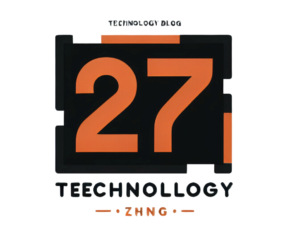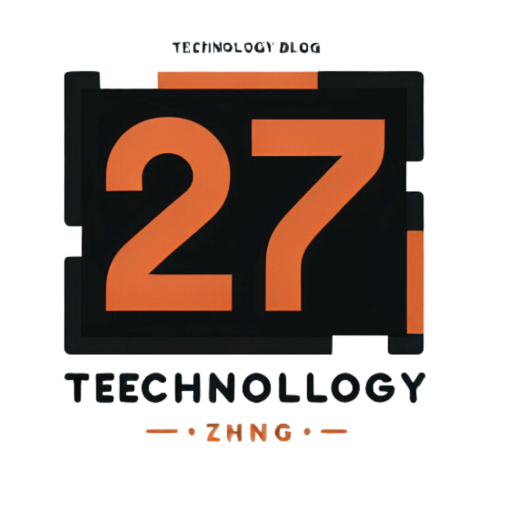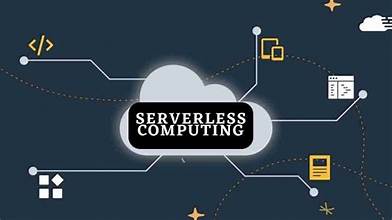Serverless computing has emerged as a transformative technology, enabling developers to focus on writing code without worrying about the underlying infrastructure. As we progress through 2024, the evolution of serverless computing continues to shape the way we build and deploy applications. This article explores the latest trends in serverless computing, highlighting what to expect in the coming year.
1. Introduction to Serverless Computing
Serverless computing, also known as Function-as-a-Service (FaaS), allows developers to run code in response to events without managing servers. The cloud provider takes care of server provisioning, scaling, and maintenance, enabling developers to concentrate on writing business logic. Popular serverless platforms include AWS Lambda, Google Cloud Functions, and Azure Functions.
2. Increased Adoption Across Industries
In 2024, serverless computing is expected to see increased adoption across various industries. Enterprises are recognizing the benefits of serverless architecture, such as cost efficiency, scalability, and reduced operational overhead. From e-commerce to healthcare and finance, organizations are leveraging serverless to enhance their applications’ performance and agility.
- E-Commerce: Retailers are using serverless to handle high traffic during peak seasons and to streamline their order processing systems.
- Healthcare: Serverless enables real-time data processing and analysis, facilitating faster medical research and patient care.
- Finance: Financial institutions are adopting serverless for its ability to handle complex transactions and regulatory compliance efficiently.
3. Emerging Serverless Frameworks and Tools
The serverless ecosystem is continuously evolving, with new frameworks and tools emerging to simplify development and deployment. In 2024, expect advancements in serverless frameworks that enhance productivity and streamline workflows.
- Serverless Framework: An open-source framework that simplifies the deployment of serverless applications. It supports multiple cloud providers and offers a range of plugins for extended functionality.
- AWS SAM (Serverless Application Model): A framework for building serverless applications on AWS. It simplifies the process of defining serverless resources using AWS CloudFormation.
- Terraform: An infrastructure-as-code tool that now includes support for serverless deployments, enabling users to manage serverless resources alongside other cloud infrastructure.
4. Improved Integration with DevOps and CI/CD Pipelines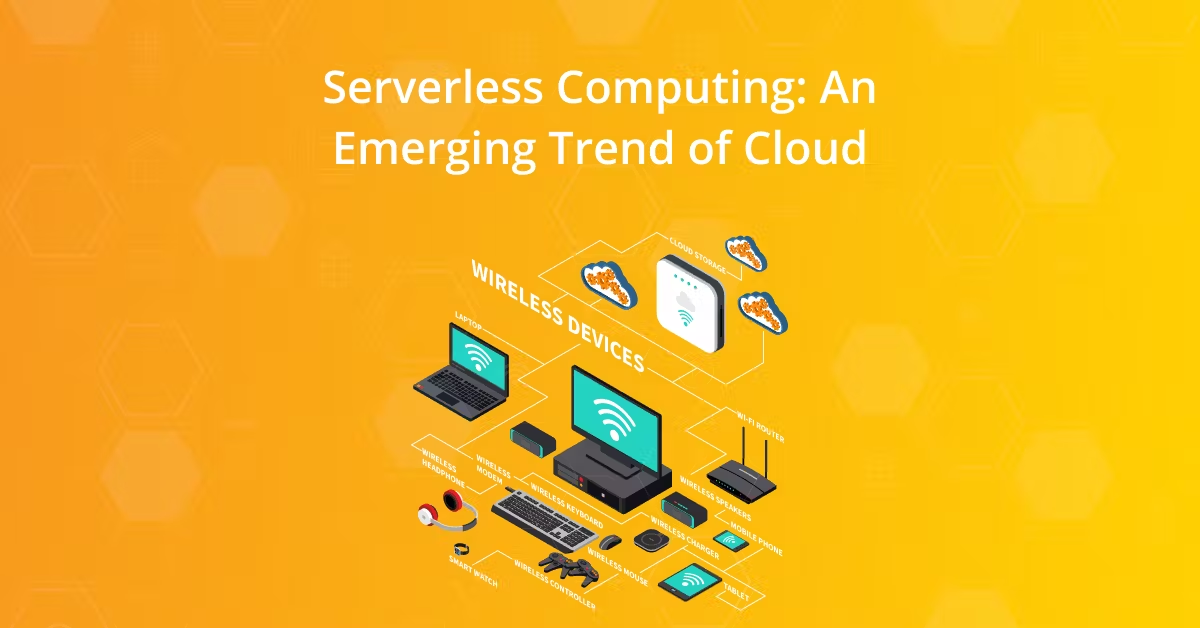
Serverless computing is increasingly integrated with DevOps practices and Continuous Integration/Continuous Deployment (CI/CD) pipelines. This integration facilitates automated deployment, monitoring, and management of serverless functions, leading to faster development cycles and more reliable applications.
- Automated Deployment: Serverless platforms are integrating with CI/CD tools like Jenkins, GitHub Actions, and GitLab CI to automate the deployment process. This ensures that code changes are automatically tested and deployed, reducing manual intervention.
- Monitoring and Logging: Enhanced monitoring and logging capabilities are being integrated into serverless platforms, providing better visibility into application performance and potential issues.
5. Enhanced Security Measures
As serverless computing grows in popularity, security concerns are becoming more prominent. In 2024, serverless platforms are expected to implement enhanced security measures to protect applications and data.
- Micro-Segmentation: Serverless providers are adopting micro-segmentation techniques to isolate functions and reduce the risk of cross-function attacks.
- Security Auditing: Advanced security auditing tools are being developed to assess the security posture of serverless applications and identify vulnerabilities.
- Compliance: Serverless platforms are incorporating features to help organizations comply with regulatory requirements, such as GDPR and HIPAA.
6. Serverless Edge Computing
The concept of serverless edge computing is gaining traction in 2024. Edge computing brings computation and data storage closer to the location where it is needed, reducing latency and improving performance. Serverless edge computing combines the benefits of serverless architecture with edge computing to enable real-time processing and analysis at the edge of the network.
- Content Delivery Networks (CDNs): Serverless edge functions are being used to enhance CDN capabilities, enabling dynamic content generation and personalized experiences.
- IoT Devices: Serverless edge computing supports IoT applications by providing scalable and efficient processing of data generated by connected devices.
7. Serverless for Machine Learning and AI
Serverless computing is increasingly being used for machine learning (ML) and artificial intelligence (AI) workloads. In 2024, serverless platforms are expected to offer more support for ML and AI applications, enabling developers to build and deploy models with ease.
- Serverless ML Frameworks: Frameworks and tools that support serverless deployment of ML models are becoming more prevalent. These frameworks simplify the process of deploying and scaling ML models without managing infrastructure.
- AI-Powered Automation: Serverless functions are being used to automate AI-powered tasks, such as data preprocessing, model training, and inference.
8. Cost Optimization Strategies
Cost optimization remains a key consideration for serverless computing. In 2024, organizations are adopting various strategies to optimize serverless costs and maximize their return on investment.
- Efficient Resource Usage: Serverless platforms are introducing features that help developers optimize resource usage, such as function memory and execution time.
- Cost Analysis Tools: Advanced cost analysis tools are being developed to provide insights into serverless spending and identify areas for cost reduction.
9. The Future of Serverless Computing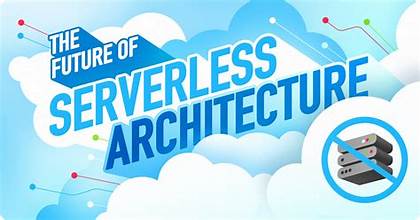
Looking ahead, the future of serverless computing is promising, with continued advancements and innovations expected. Key trends to watch for include:
- Serverless Databases: The integration of serverless databases that automatically scale and manage data storage will simplify data management for serverless applications.
- Serverless APIs: The development of serverless APIs will facilitate easier integration of serverless functions with external services and applications.
- Serverless as a Service: The concept of Serverless as a Service (SaaS) may emerge, providing pre-built serverless solutions for common use cases.
10. Conclusion
The evolution of serverless computing in 2024 brings exciting opportunities for developers and organizations alike. With increased adoption, enhanced security measures, and integration with emerging technologies, serverless computing is set to transform the way we build and deploy applications. By staying informed about the latest trends and innovations, developers can leverage serverless architecture to drive efficiency, scalability, and innovation in their projects.
